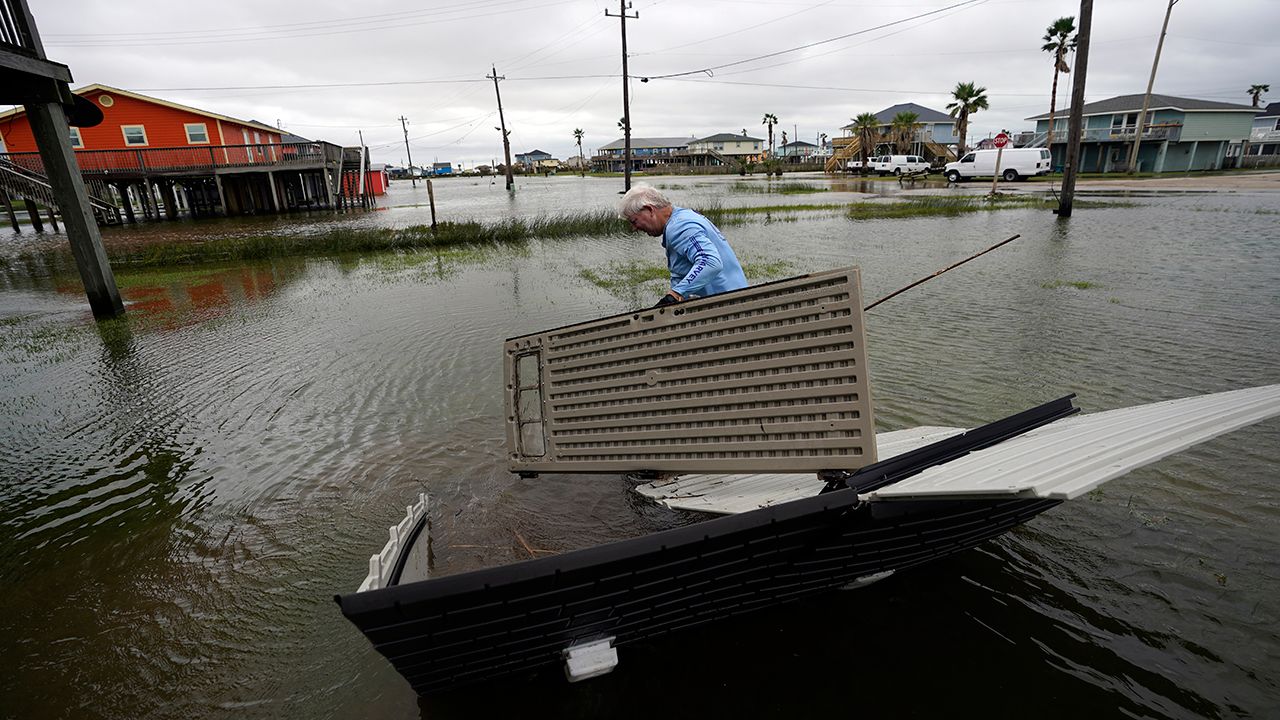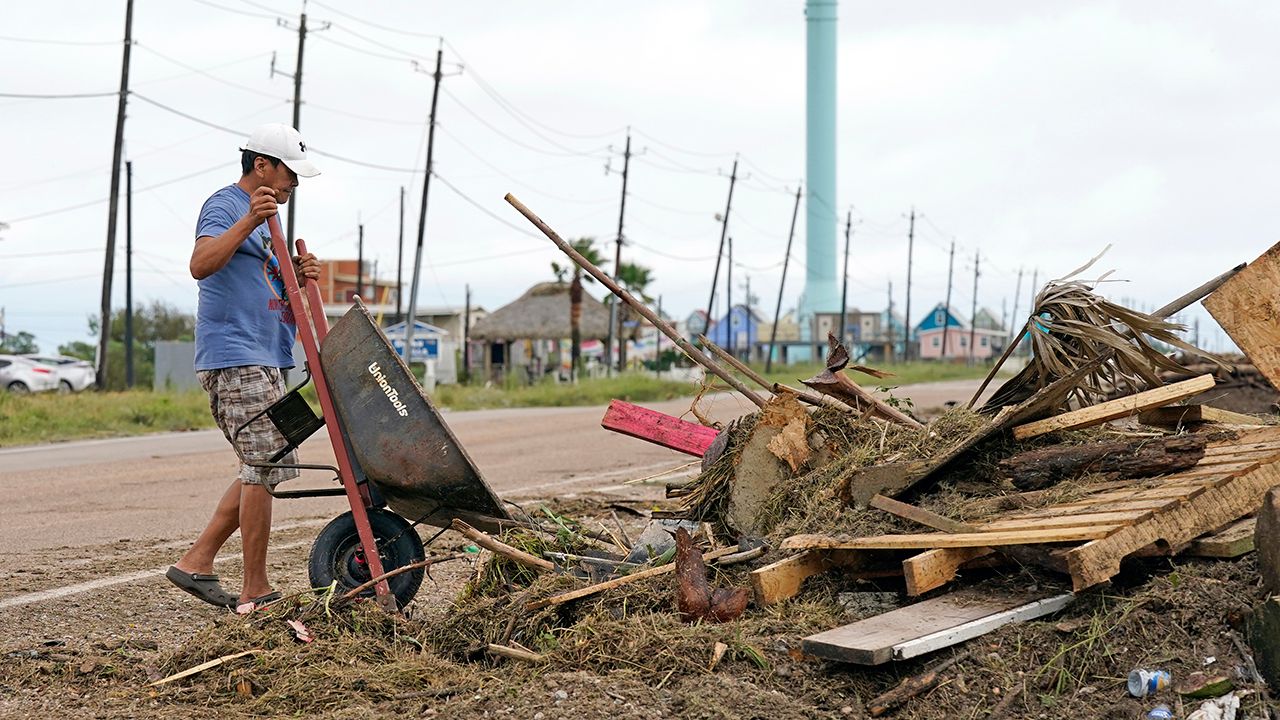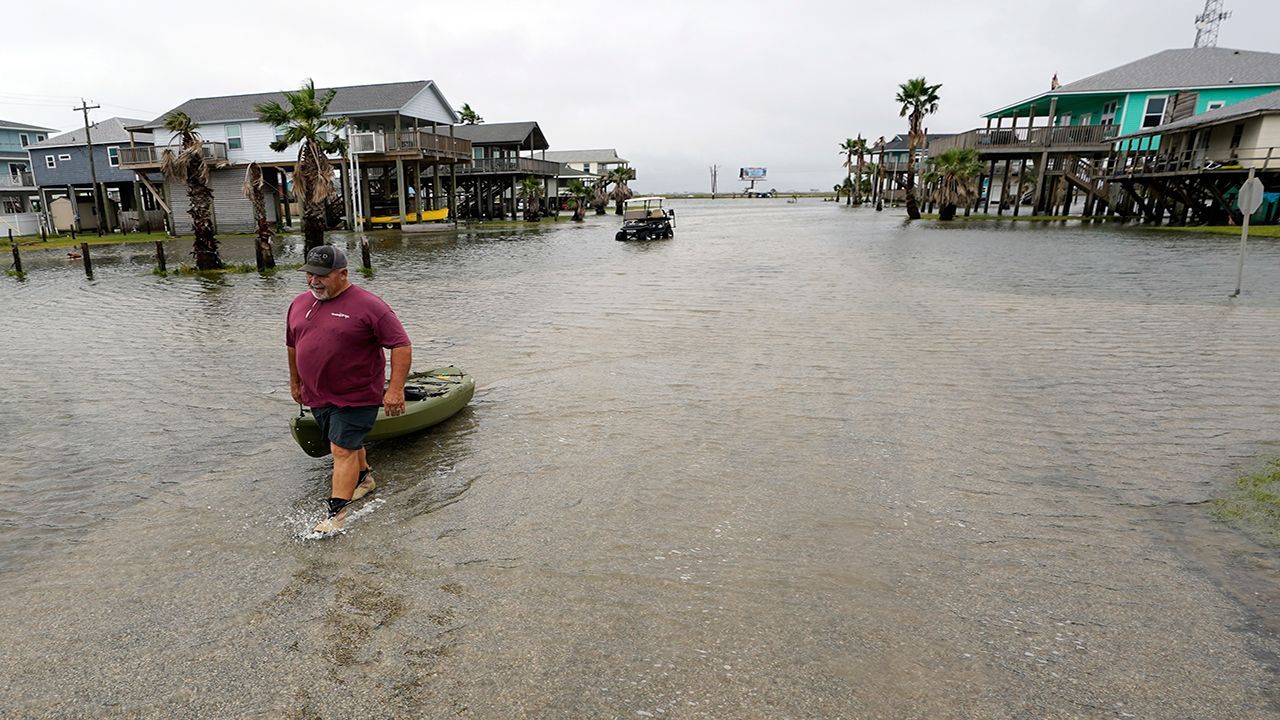Nicholas made landfall as a Category 1 hurricane early Tuesday morning near Sargent, Texas, with sustained winds of 75 mph.
It brought damaging winds, heavy rain and flooding across the Gulf Coast.
Starting as a tropical wave in the western Caribbean Sea on Sept. 9, this disturbance slowly moved over the Yucatán Peninsula and into the Gulf of Mexico.
The warm waters allowed the area to strengthen, leading to Nicholas forming into a tropical storm on Sept. 12. The next day, Nicholas became a Category 1 hurricane and then made landfall near Sargent, Texas, during the early morning of Sept. 14.

Numerous places in Texas picked up more than six inches of rain, and some areas got more than 10 inches, leading to flash flooding.
The highest observed wind gust was 95 mph at Matagorda Bay, Texas.
The system weakened quickly over land, but Nicholas slowed down immensely, allowing heaving rain to fall for days from Texas to Florida.
Nicholas finally became a post-tropical cyclone on Sept. 16.

The peak of hurricane season is here
The average peak of hurricane season is here. See where storms typically form and move in September.
Not every storm will make landfall, but remember, it only takes one to make the Atlantic season a bad one.





